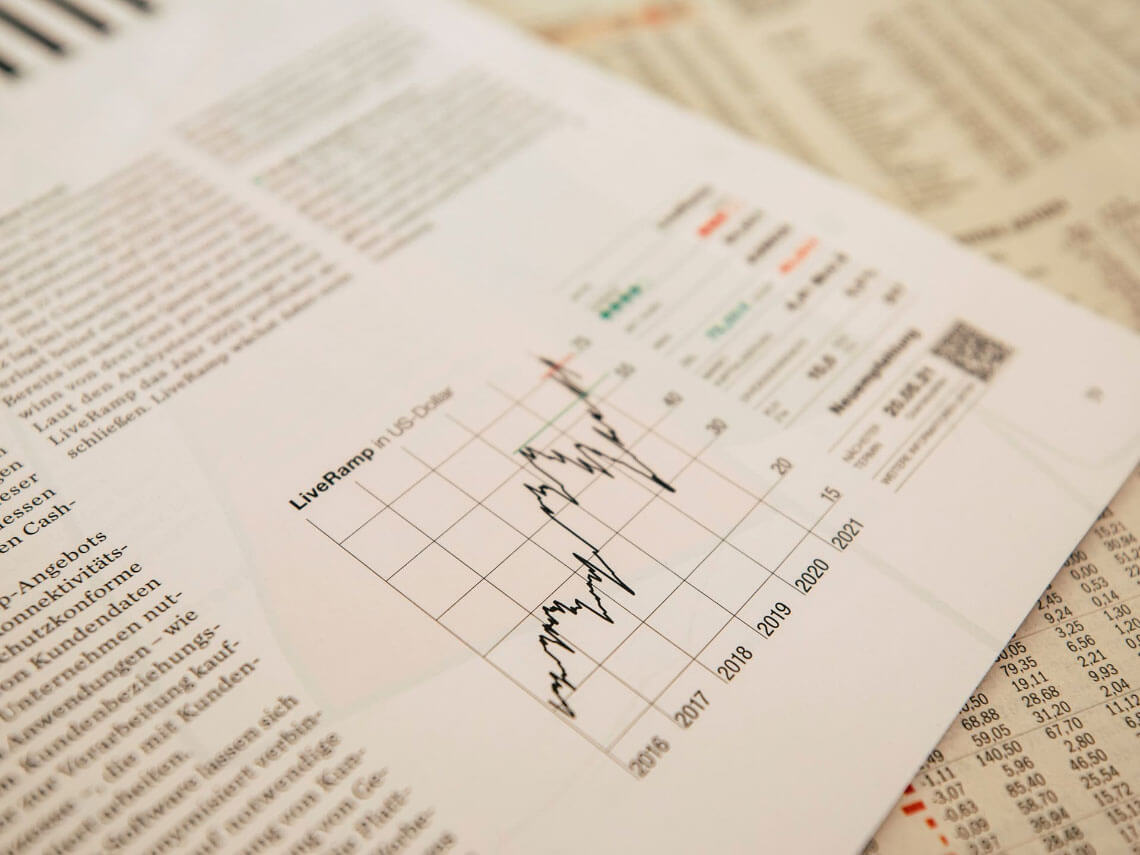Where do you start and stop with risk management in the supply chain ecosystem? Looking at your own supply chain is not really enough, but you cannot prepare for all eventualities in world affairs!
Ein Sack Reis, der in China umfällt, kann die Supply Chains durcheinanderbringen. Dagegen hilf nur eines.
The turmoil in global supply chain networks in recent months, caused by coronavirus, accidents in production facilities, shipping disasters and natural disasters, has once again highlighted the fact that globally networked supply chains also behave like an ecosystem. All parts are in balance with each other.
Demand is expected to collapse due to the pandemic, customers are canceling orders and manufacturers are adjusting production capacities downwards or selling their capacities to new markets. If the demand comes back, possibly If production capacities cannot be ramped up again quickly enough, demand cannot be met.
Even before the suppliers have caught up with the backlog, loading capacities are collapsing in some major ports. Ships are loaded late and block the quays for other ships. As a result, more and more freighters are delayed and the availability of materials is declining even further. Due to the delayed ships, containers are slowly becoming scarce, so that many ports and freight forwarders now have to reduce their loading capacity and suddenly all markets and all goods are struggling with a lack of material.
A persistent lack of material availability prompts purchasing departments to look for new suppliers and order excess quantities. The excessive order quantities further increase the bottlenecks.
The whip effect is in full swing, because everything in our supply chains is also connected to everything else and so the bag of rice that falls over in China may well change the world’s supply chains!
What we can all do, however, and what we must all do, is to introduce more security of supply into our inventory levels across the board. Correctly calculated safety stocks, which are then actually built up, can go a long way towards curbing the effects of rising demand and delayed material deliveries. Just as insurance policies must be taken out before they are needed, security stocks must be built up and maintained at times when they are not yet needed.
Fazit – Risikomanagement im Supply Chain Ökosystem
In my experience, this is often lacking in practice. Safety stocks are estimated or set by belly and then in many cases not built up. Of course, you can’t bridge an 18-month pandemic with safety stocks. But they represent the 20% of supply chain risk management with which 80% of the risks can be hedged.

